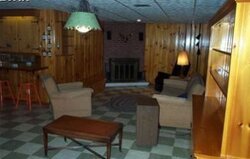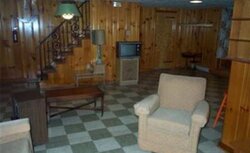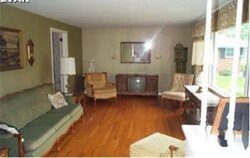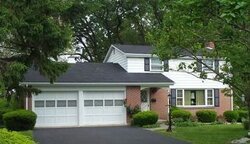daleeper said:
I cannot address all your questions, but I will through out a few things where I can. I have a freestanding stove in the basement, and have the 8-10 degree difference in temperature between the floors that some were discussing. Our house does not have ideal air movement for a wood stove in the basement to get the hot air upstairs, and it does not sound like yours does either. I have tried several different methods of moving that air, and have had limited success, but does help keep the gas furnace and heat pump from running too much. What the stove in the basement does do for us is to get that concrete warmed up, and heats an office space that I spend a lot of time in. If I did not have that stove down there, I would freeze to death working even with the small portable heaters I use when the stove is not running. It takes about a week of stove burning to warm that mass up so that my feet don't freeze.
It has been said several times on this forum that a wood stove is a space heater, and I believe that is the case. If you do have a flue available upstairs already, I would be considering a freestanding stove upstairs, along with the insert in the fireplace downstairs. I would guess that you could install a hearth and new wood stove for significantly less money upstairs than you can a fireplace, and will heat the space better than most fireplaces.
I've seen it mentioned many MANY times here that wood stoves are space heaters...I have to get some clarification here...
Are yall saying that 1) Woodstoves are inefficient and only comparable to one of those little space heaters? That's definitely not been my experience growing up. 2) Woodstoves are designed to heat certain space/sqft. amount? 3) Only going to heat the space they are installed in?? Again, I'm just sort of confused on what yall are trying to express with that statement.
I'm still VERY curious what sort of hearth is being spoken of for a stove. Again, I thought it was just a freestanding box with a pipe going into the wall (drywall) no?
Or do you still have to build a brick platform and wall section to handle the heat, embers when loading, etc.?
As I said before, I doubt she's going to be thrilled with the stove idea. Insert is more eye-appealing know what I mean?
Thanks!
-Emt1581







